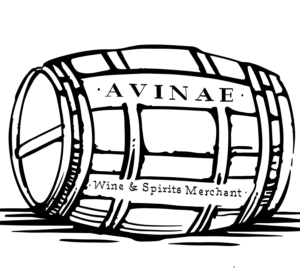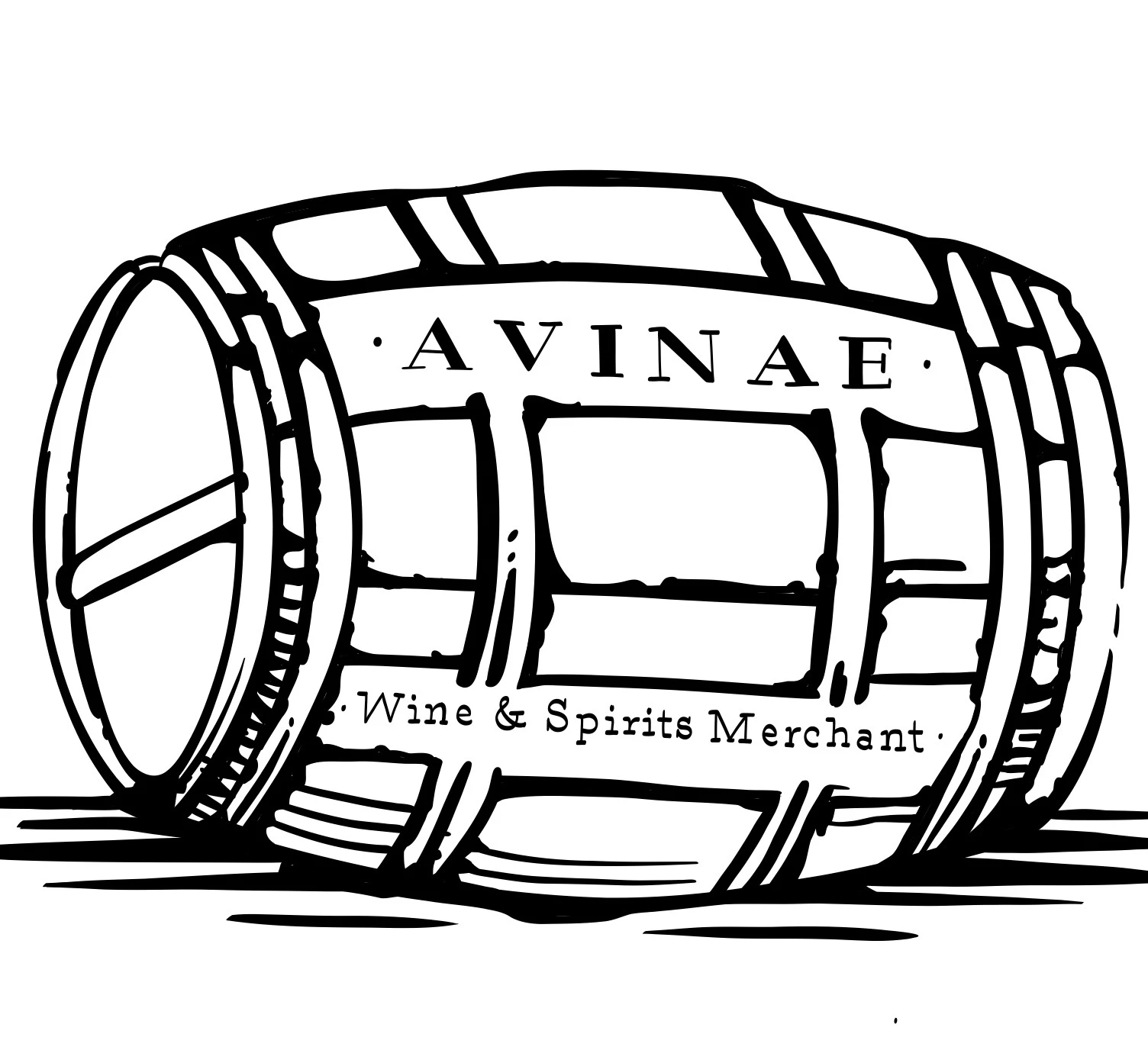A Bubbly Personality
Bienvenido, a nuestro blog de vino. Soy Daniel Harringon sumiller en Avinae Wine & Spirits . Con el tiempo, gracias a lectores como tú, éste espacio se ha convertido en uno de los blogs de vino más leídos en ingles. Gracias por estar a ese lado de la pantalla. Te animo a que pases al nuestro colaborando con tus comentarios y preguntando lo que te interese.
Nunca hemos tenido la pretensión de entrar en ránkings de los mejores blogs de vino de España. Ni cosas por el estilo. Desde que empezamos con Avinae Wine & Spirits ,Mallorca Wine Experience y ahora con Vinos de Mallorca siempre hemos querido dotar a nuestra web de contenido de calidad. Nos inspiramos en algunas webs inglesas que nos parecieron interesantes. La idea es que los miembros de nuestro club de vinos tuvieran en este espacio un rincón donde poder encontrar información útil. Vídeos sobre catas de vino, algunos consejos para aprender de vino, curiosidades sobre le mundo del vino, recomendaciones de vinos y de winebars en los que hemos estado (y nos han gustado), ideas para hacer enoturismo, etc. Hay posts que incluyen vídeos y hay otras entradas con sólo texto.
A Bubbly Personality!!
The sparkling wine, the cheeky glass of bubbles, the fancy stuff, the drink to toast with…Regarded in many countries as a symbol of elegance, wealth and prestige, Champagne has many, many fans worldwide. As do its sister and cousin wines like Cava, Crèmant, Prosecco, Franciacorta, Cap Classique, Sekt and a wealth of others.
CHAMPAGNE:
all Great the King!! Quite possibly the single most famous sparkling wine in the world, this beverage has garnered a cultural status far beyond its volatile origins (first examples of Champagne were known as The Devils wine because they would spontaneously explode due to poor quality bottles). Champagne is made from the three noble grapes of Champagne; Chardonnay, Pinot Noir and Pinot Meunier but they can also include (rarely) small percentages of Pinot Blanc, Pinot Gris/Fromenteau, Arbane and Petit Meslier. Some producers prefer Chardonnay dominant styles; Léclapart, Guy Charlemagne, Jaques Selosse etc. Others prefer Pinot Noir dominant styles; Bollinger, Paul Bara, Nicolas Maillart etc. But there are also wealth of famous producers who simply keep to balanced blends depending on the year’s crop.
CAVA:
Unlike the old King Champagne, Cava is more the young smoldering Prince, having received its official D.O status in 1972, this sparkling wine see´s two thirds of its aprox 250 million bottles exported from Spain and sold all over the world. Cava is made in the same method as Champagne (called méthode traditionnelle in Europe and méthode champenoise in the region of Champagne) which is a high marker for quality as it is labour intensive and yet Cava tends to be a lot cheaper than Champagne. The difference lies in the grapes used and the environment/climate the grapes are grown in! Cava is made from the Xarel-lo, Macabeu and parellada grape varieties and are the main and most commonly used in Cava. Other grapes that can be used are Chardonnay and Malvasia. Josep Raventos travelled through Europe in the 1860s to promote the still wines of the Codorniu estate and during his travels he passed through Champagne, which inspired him to apply what he learnt there and by 1872, he had made his first sparkling wine!
PROSECCO:
Prosecco is both a town and the name of one of the world’s most popular selling sparkling wines, due to its accessibility and price. The vineyards in the region it is made date back a couple of thousand years and have prominence due to the history involving the Romans. It wasn’t until the beginning of the 16th century that the wine “Ribolla” was promoted to “Castellum Nobile Vinum Pucinum” after the castle that was near?…..That´s right, you guessed it, the village of Prosecco! In 1593 an Englishman by the name Fynes Moryson, noted that the wine Pucinum was now known as “Prosecho” and regarded it one of the finest wines in all of Italy. The grape used in its production is now called Glera, but was originally known as the Prosecco grape and in order for it to be considered Prosecco it must be a minimum of 85% Glera and 15% other permitted grapes (Pinot Bianco, Chardonnay, Pinot Grigio, Bianchetta Trevigiana). This sparkling wine however is not made using Methode Traditionnelle, the Italians use the Charmat-Martinotti method in which the secondary fermentation happens in vats and not in bottles, which makes the process faster and cheaper.
So there you have it, a bite-sized guide to the 3 most “important” Sparkling wines in the world.
I should probably write a second one of these as there are still many other bubbly gems to talk about……so see you in the next one dear reader.
A Bubbly personality!!
And we are back with a second part to this breakdown of the world’s beloved bubbly wines. Last time we addressed the most recognized ones, but that doesn’t mean, by any means, that the ones I will talk about here are inferior in any capacity
CRÉMANT
Just because Champagne is Champagne doesn’t mean that the rest of Frances famous wine regions don´t bring their A game to the sparkling wine table!! With Crémant it does get a little complicated though as many wine regions produce it and each with their own guidelines/grape varieties/ quality standards. The Crémant producing regions are as follows;
Loire, Bourgogne, Limoux, Alsace, Bordeaux, Jura and Savoie!
These regions use anything from Chenin Blanc, Cabernet Franc, Mauzac, Chardonnay, Pinot Noir, Pinot Gris, Riesling, Grolleau, Orbois to name a few
Crémant from Bourgogne is made from Chardonnay/ Pinot Noir and is comparable to Champagne wines but with a finer mousse and a much lower price point. Crémant from Loire has a wonderful freshness to it due to the predominance of Chenin Blanc, making it perfect for fondue or fish and chips or anything nice and fatty.
FRANCIACORTA
If ever a wine could call itself elite, it would be Franciacorta. Born in the Province of Brescia, in the heart of Lombardia, this wine is made and aged in a similar way to champagne. The grapes used are Chardonnay, Pinot Noir and Pinot Blanc (Pinot Blanc being the stand-in for Pinot Meunier on the French side) and is considered equal to Champagne. Why then, is it not as international or easily found? That’s where the elite part comes in! only 10% of Franciacorta is allowed to be exported, the rest must be kept in Italy by order of a controlling organization called: Consorzio per la Tutela del Franciacorta. They are the same ones that decree that the name “Franciacorta” must never be modified or have anything added to it, when presented on a label. As a style it is comparable to Brut/ Extra Brut as it contains less sugar than your average Champers (around 5 to 7 grams per liter for Franciacorta). It is said the wine was made systematically as of the XIX century and is thanks to the efforts of Guido Berlucchi di Borgonatto whose early experiments gave birth to the concept that would become Franciacorta. In 1967 the first 1500 bottles were produced and as a result it gained its first DOC, later in 1995 It evolved to DOCG status.
CAP CLASSIQUE
If you are a lover of sparkling wine, then you must add Cap Classique to your list!! Produced in South Africa, this delicious sparkling wine, created by Frans Malan using Méthode Cap Classique (MCC), a technique he developed after visiting Champagne (Essentially Méthode Champenoise). The wines early years reflected Stellenbosch and its character with a focus on the Chenin Blanc grape, as well as Pinot Noir and Pinotage. But nowadays most opt for traditional Champagne grapes in the form of Chardonnay, Pinot Noir, Pinot Meunier and Pinot Blanc. The name Cap Classique comes as homage to the Capes vineyards.
The Roman Vintage!
The year was 200 BC and the Roman legion gets given the best encouragement you can give a man in a leather skirt! That all Legionnaires are to drink 2 – 3 liters of wine a day for better health!
Skip forward a few years (about 80 more or less) and Rome is in full swing with its wine culture, having carved a way through Europe and establishing Vineyards in every viable area and having destroyed Carthage 20 years prior and in the process burning the libraries of Carthage (But not before ransacking any and all books of interest, including all 26 volumes of Magos Agricultural treatise which contained winemaking techniques far more advanced than what the Romans had), the Romans finally started producing wines on par with the vastly superior Greek wines of the time and in the year 121 BC the vintage was so abundant and such high quality that it was named…….”OPIMIUM VINTAGE” named after Consul Lucius Opimius. Some of the wines from this special vintage were sealed inside large amphora’s and drunk over a century later (probably way past its prime).
A Bubbly Personality
The most coveted of the wines to come out of this period and more specifically, out of this magical vintage, was Falernian wine. Falernian wine, grown near present day Napoli on the slopes of Monte Massico was a white wine aged for years in large clay amphorae. In some instances it was aged for decades and there is record of a 160 year old Falernian wine being served to the Roman Emperor in fine crystal goblets, the colour, rich golden amber. Varro once wrote that Falernian wine increases in value with age. So highly regarded was this wine that it became one of the first wines exported to Britain (whilst still under Roman rule).


